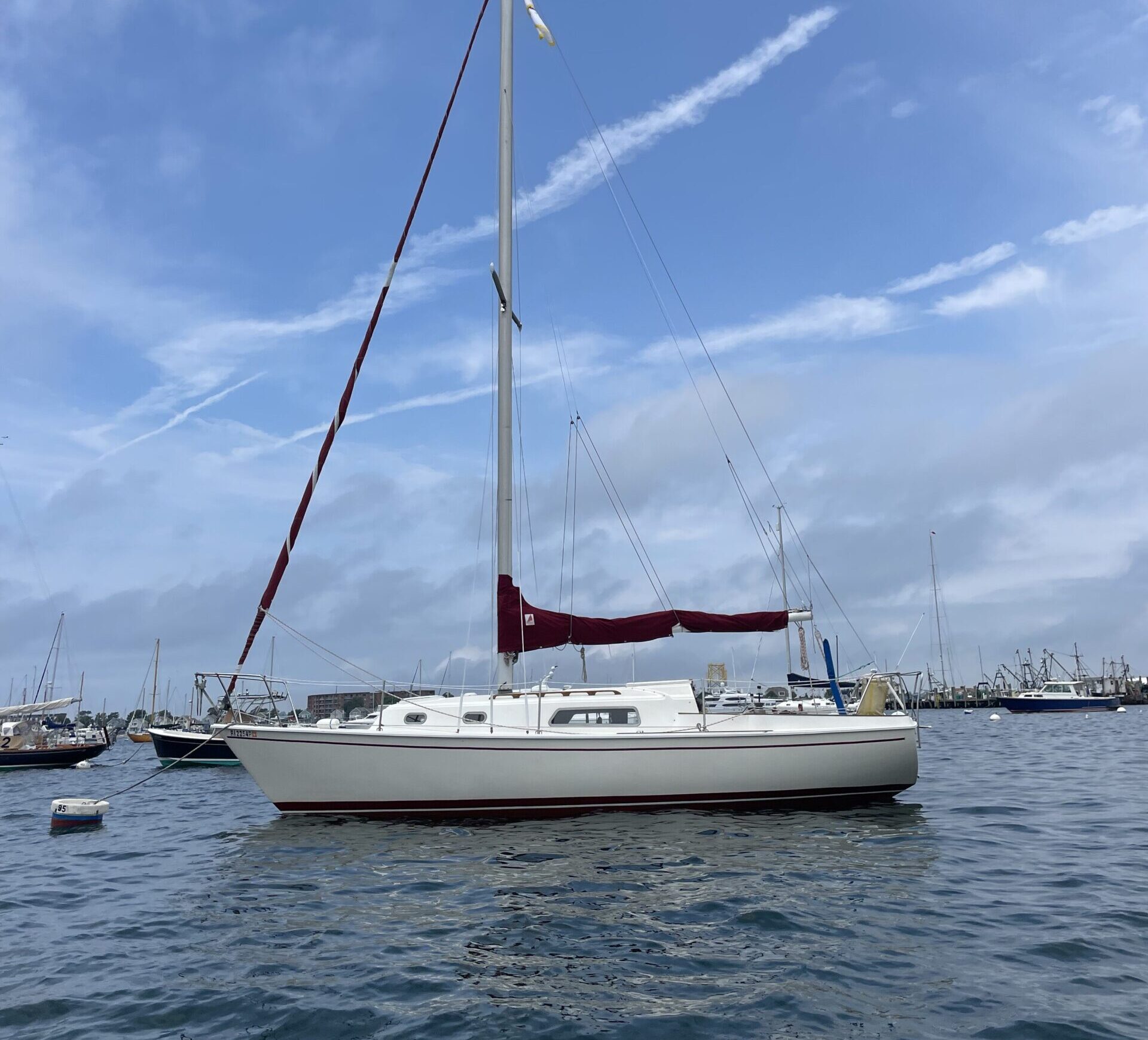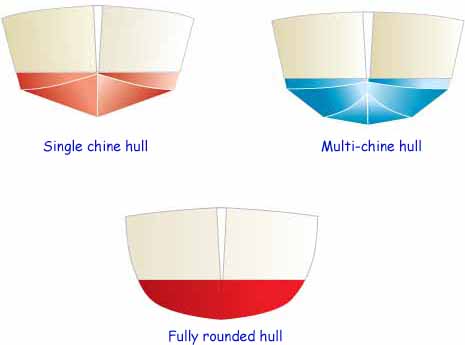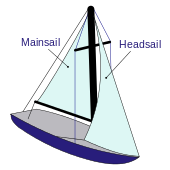Welcome all ye pollywogs and shellbacks! Whether you're a seasoned sailor or a curious newcomer, our blog is your ultimate resource for all things sailing and Newport. Set sail with us as we navigate through a sea of captivating topics, from the art of sailing to the rich history and vibrant culture of Newport, Rhode Island. Fair winds and following seas await!
Welcome
aboard
sailing
newport
history
things to do In Newport
June 26, 2024
Essential Parts of a Sailboat: Sailboat Anatomy Simplified

Are you new to sailing or just curious about the parts of a sailboat and learning how sailboats work?
Understanding the basic anatomy of a sailboat is the first step to mastering the art of sailing.
The second part is understanding sailing terms.
But whether you’re a beginner, an experienced sailor, or a boat enthusiast, this introduction guide will help you get acquainted with the essential sailboat parts.
What Are The Parts Of A Sailboat?
The Hull

The hull is the main body of the vessel. It provides buoyancy and determines how the boat moves through the water. Hulls come in various shapes and sizes, but they all serve the same fundamental purpose:
- Monohull: A single-hulled boat, which is the most common type.
- Multihull: Boats with multiple hulls, such as catamarans and trimarans, offering improved stability and speed.
The Mast
The mast is the vertical pole that supports the sails. It’s a crucial component for harnessing the wind’s power:
- It is normally made of aluminum or carbon fiber.
- The height of the mast can vary depending on the size of the sailboat.
The Boom
The boom is the horizontal pole that attaches to the bottom of the mast. It holds the foot of the mainsail and allows it to be adjusted for optimal wind capture:
- It helps control the shape and angle of the mainsail.
- The boom can swing from side to side, so be cautious to avoid getting hit!
The Rigging
Rigging refers to the network of wires and lines that support the mast and control the sails:
- Standing Rigging: Includes the shrouds and stays that hold the mast in place.
- Running Rigging: Comprises the ropes and lines used to adjust the sails, such as halyards, sheets, and control lines.
The Sails

The sails are the primary source of propulsion for a sailboat. There are two main types of sails:
- Main sail: Attaches to the mast and boom, it is the principal sail for driving the boat.
- Headsail (Jib or Genoa): Found at the front of the boat, it works in conjunction with the mainsail to optimize speed and maneuverability.
The Topping Lift
The topping lift is a line that attaches to the top of the mast that supports the boom when the sail is down:
- It keeps the boom from swinging wildly and potentially hitting someone on board.
- It’s essential to remember to release the topping lift before hoisting or lowering the mainsail.
The Keel
The keel is the long, fin-like structure on the bottom of the hull. It provides stability and prevents the boat from being blown sideways by the wind. Here are some other aspects of the keel:
- Fixed Keel: Permanently attached and often weighted for additional stability.
- Centerboard/Daggerboard: Retractable versions are used in smaller sailboats to allow for easier navigation in shallow waters.
The Rudder
The rudder is a flat piece of wood, fiberglass, or metal attached to the stern and used for steering. The rudder:
- Controlled by a tiller or a wheel.
- Works by redirecting water flow, and turning the boat in the desired direction.
The Cockpit
The cockpit is the area where the crew operates the sailboat. It’s typically located towards the stern:
- Houses the steering mechanism (tiller or wheel).
- Contains vital controls and instruments for navigation.
The Cabin
For longer trips or overnight stays, the cabin provides shelter and amenities:
- Includes sleeping quarters, a galley (kitchen), and a head (bathroom).
- Varies in size and luxury depending on the sailboat type.
Additional Components
Aside from these main components, there are also various other parts that make up a sailboat. Some examples include:
- Winches: One can use these to control lines and sails by providing mechanical advantage.
- Cleats: Metal or plastic fittings used to secure lines in place.
- Pulleys: Also known as blocks, they help redirect lines and provide mechanical advantage.
- Traveler: A line or track used to adjust the position of the mainsheet and control the angle of the boom.
- Mast Steps: Platforms attached to the mast that allows crew members to climb up for sail adjustments or repairs.
Conclusion
Understanding the essential parts of a sailboat is the first step in becoming a confident sailor.
Each component plays a vital role in ensuring a safe and enjoyable experience on the water.
Now that you’re familiar with the basics, it’s time to get out there and put your knowledge to the test!
Ready to learn more about sailing?
Book a sailing lesson with us today!
Leave A Comment